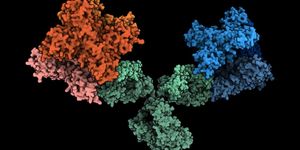What does species extinction have to do with the extinction of human languages?
Is there a connection between the extinction of species and that of human languages? Ecologists have long recognized a geographic pattern in biodiversity whereby more biodiversity is found closer to the equators and less is found closer to the poles. Now new research suggests that human cultural diversity also follows this pattern – and this discovery could be the key to understanding a not-yet-understood link between high rates of species extinction and human language extinction.
This theory, published recently in a study in Scientific Reports, was developed by a team of researchers at Santa Fe Institute. The team considered the distribution of mammal species diversity and human ethnolinguistic diversity around the world in a widespread biogeographic and macroecological analysis.
Marcus Hamilton, one of the study authors and an associate professor of data analytics in the Department of Anthropology at the University of Texas at San Antonio, commented: "The most interesting finding here is that both mammal diversity and human linguistic diversity increase faster than you would expect with environmental richness in exactly the same way.”

In their study entitled, "Diversity begets diversity," Hamilton and co-author Chris Kempes explain that another key takeaway from their findings is the intricate relationship between complexity and diversity.
"One of the things I find most interesting in our study is that diversity cannot simply be explained from the total amount of living matter that an ecosystem supports," says Kempes. "When we control for the amount of biomass within an environment, we still see that diversity depends on 'kinetics,' the rate of interaction. This tells us that part of the diversity story emerges from the interaction amongst things and how often they interact and generalizes distinct examples of species diversity and human cultures."
"Our study is important to understanding why some parts of the planet are more culturally diverse than others," concludes Hamilton. "It could also be very important for understanding links between the rapid loss of biodiversity and cultural diversity."
Sources: Scientific Reports, Science Daily









